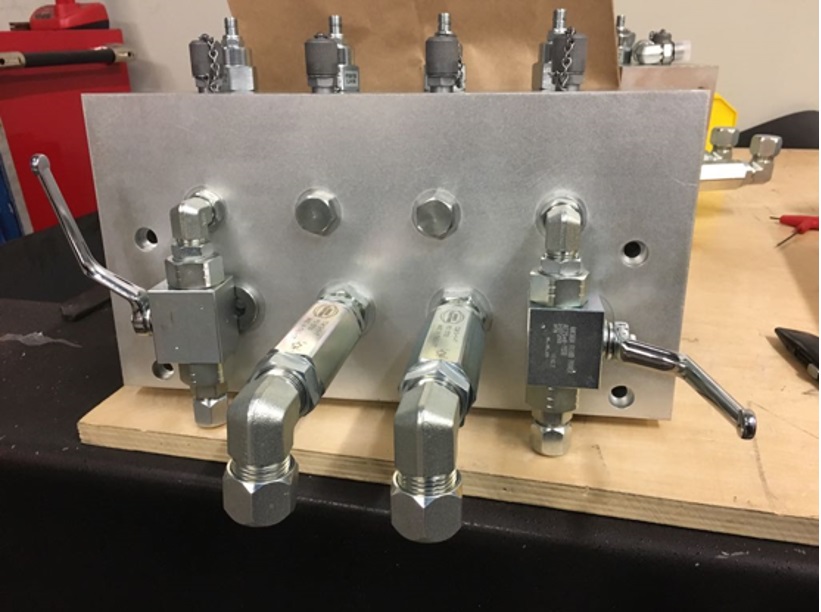
Hydraulics and Electrical Controls: The Heart of Automation
by Nimit Patel | February, 2020
Automation | Internet of Things | Manufacturing | Sensors
Automation, Control & Plant Intelligence - Articles, Analysis, Reviews, Interviews & Views

by Nimit Patel | February, 2020
Automation | Internet of Things | Manufacturing | Sensors




YOU MAY LIKE:
Popular Articles
Manufacturing Insights